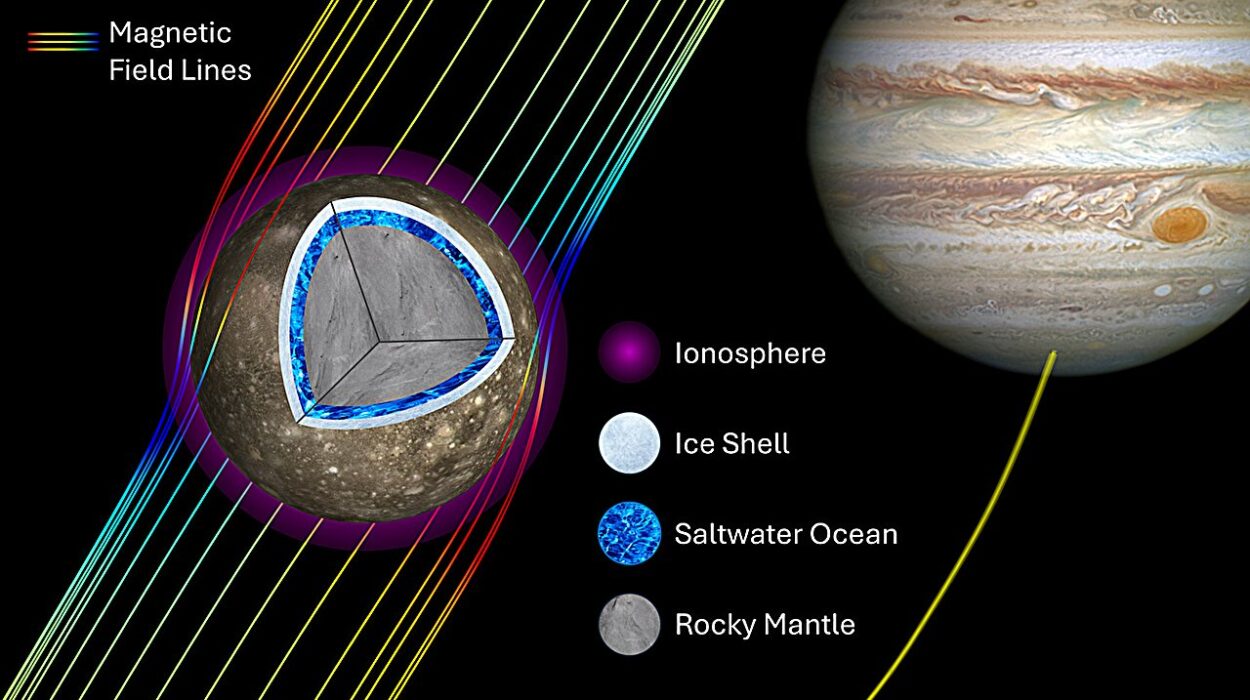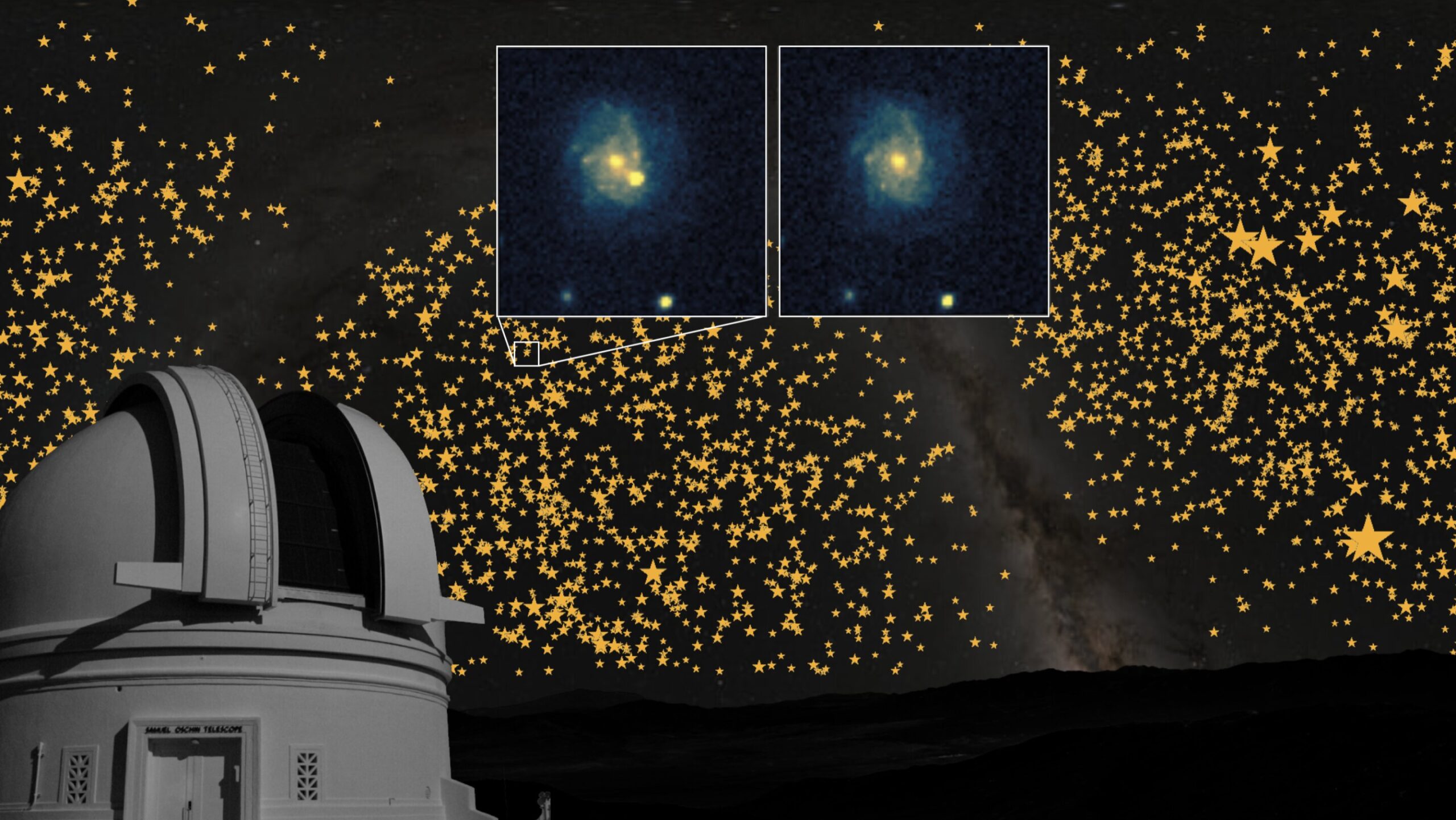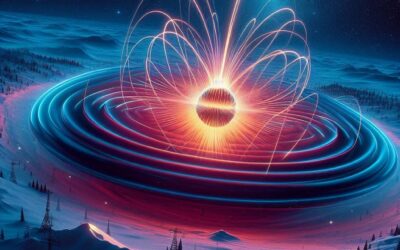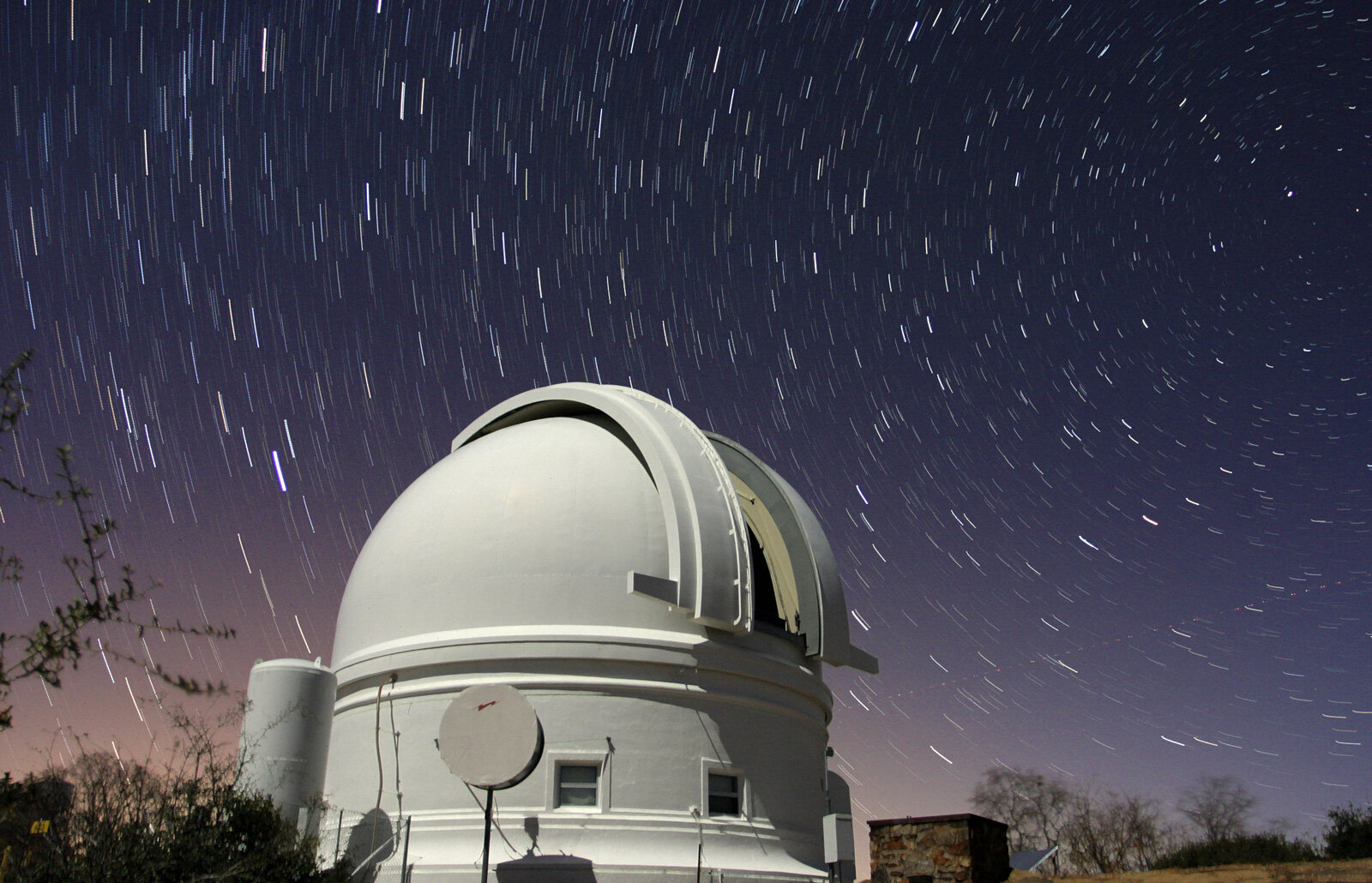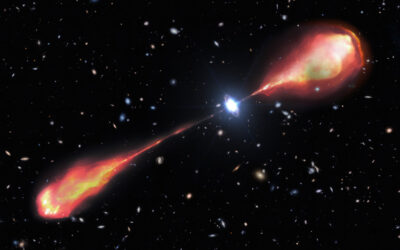More pocked with craters than any other object in our solar system, Callisto, Jupiter’s outermost and second-largest Galilean moon, has long been considered a relatively geologically inactive world. Its heavily cratered surface suggests a history of bombardment by asteroids and comets, with little internal geological activity to reshape or erase these impacts. Unlike some of Jupiter’s other moons, like Io and Europa, Callisto’s surface appears to be largely unchanged over billions of years, with no evidence of recent volcanic activity or tectonic forces.
Despite this seemingly unremarkable geological appearance, Callisto has intrigued scientists for decades. In the 1990s, NASA’s Galileo spacecraft passed close by the moon and captured magnetic data that hinted at the presence of something far more intriguing beneath Callisto’s icy surface. The spacecraft’s measurements suggested that, like Europa—another of Jupiter’s moons—Callisto might harbor a subsurface ocean of salty liquid water, hidden beneath its thick ice shell.
The idea of a subsurface ocean on Callisto, however, remained uncertain for years. This was due to the intense ionosphere around the moon. The ionosphere is a layer of electrically charged particles in the upper atmosphere that interacts with Jupiter’s powerful magnetic field. Some scientists initially speculated that the moon’s ionosphere could mimic the magnetic signature that would typically be expected from a salty, conductive ocean. The challenge was determining whether the observed magnetic anomalies were truly indicative of liquid water beneath the surface, or if they were caused by the ionosphere itself, complicating the search for definitive evidence.
Now, recent research revisiting the Galileo data has brought new insights into the question. A team of scientists revisited all available magnetic measurements from Galileo’s eight close flybys of Callisto, expanding upon previous studies that had examined smaller subsets of data. This expanded analysis, which incorporated more detailed statistical techniques and the most current computational models, provides a much stronger case for the existence of a subsurface ocean on the moon.
In their study, published in the journal AGU Advances, the researchers employed sophisticated models of Callisto’s ionosphere and its geophysical properties. These models helped to evaluate whether a subsurface ocean was compatible with the available data, especially in light of the ionosphere’s role in shaping the moon’s magnetic field. The key finding from the team’s analysis is that Callisto’s ionosphere alone cannot explain all the magnetic data gathered by Galileo. However, when the presence of a subsurface ocean was factored into the models, the results matched the observations much more accurately.
The findings suggest that Callisto’s ocean, if it exists, is likely located beneath a thick ice shell, which may vary in thickness from tens to hundreds of kilometers. The ocean itself could be tens of kilometers thick, with a rocky interior beneath the water. This is striking because it would mean that Callisto, long regarded as one of the more static bodies in the solar system, could in fact be harboring an environment similar to those of the more active moons, like Europa and Enceladus. Such an ocean could potentially serve as a habitat for life, although whether life exists there remains an open question.
This new analysis provides a compelling case that Callisto may indeed be an ocean world, with a salty liquid ocean buried beneath its icy surface. The paper’s findings are likely to influence future spacecraft missions to Jupiter’s moons. NASA’s Europa Clipper mission, set to launch in the coming years, and the European Space Agency’s JUICE (Jupiter Icy Moons Explorer) mission, which was launched in 2023, will both conduct close-up observations of Callisto, alongside Europa, Ganymede, and Io. These missions are expected to provide further magnetic measurements and spectral data that could definitively confirm the presence of an ocean beneath Callisto’s surface.
Additionally, China’s planned Tianwen-4 mission, which is scheduled to launch in the mid-2020s, may also provide valuable data regarding Callisto’s subsurface characteristics. These upcoming missions are poised to expand our understanding of the moon and could reveal whether it truly harbors a liquid ocean that has remained hidden for centuries.
The confirmation of a subsurface ocean on Callisto would be an exciting development, not just for planetary science, but for astrobiology as well. Europa’s subsurface ocean has already sparked a great deal of research into the potential for life beyond Earth, particularly in environments where liquid water is present. If Callisto also turns out to have a subsurface ocean, it could open new avenues for investigating the possibility of life in the outer solar system. In particular, the fact that Callisto is not as geologically active as Europa means that its ocean may have been stable for a much longer period, potentially providing a more hospitable environment for microbial life to emerge and thrive.
The search for life beyond Earth has long been one of the central goals of planetary exploration, and the discovery of a subsurface ocean on Callisto would represent a major milestone in this effort. By comparing the oceans of different moons in the Jovian system, scientists may be able to better understand the conditions under which life could exist on distant, icy worlds. Whether or not Callisto harbors life, the discovery of a subsurface ocean would expand our understanding of the diversity of environments in our solar system where life could potentially exist.
Callisto, once considered a geologically dull moon, now stands as one of the most intriguing candidates for the existence of extraterrestrial oceans, along with Europa and Ganymede. The renewed investigation into its subsurface has transformed it into a prime target for future space missions. As we await the data from missions like Europa Clipper, JUICE, and Tianwen-4, the possibility that Callisto could be an ocean world remains an exciting area of exploration. Whether or not life exists there is still an open question, but one thing is certain: the search for life beyond Earth has never been more promising.
More information: Corey J. Cochrane et al, Stronger Evidence of a Subsurface Ocean Within Callisto From a Multifrequency Investigation of Its Induced Magnetic Field, AGU Advances (2025). DOI: 10.1029/2024AV001237
